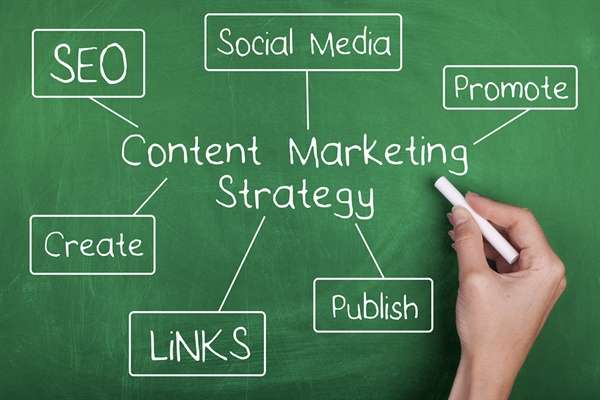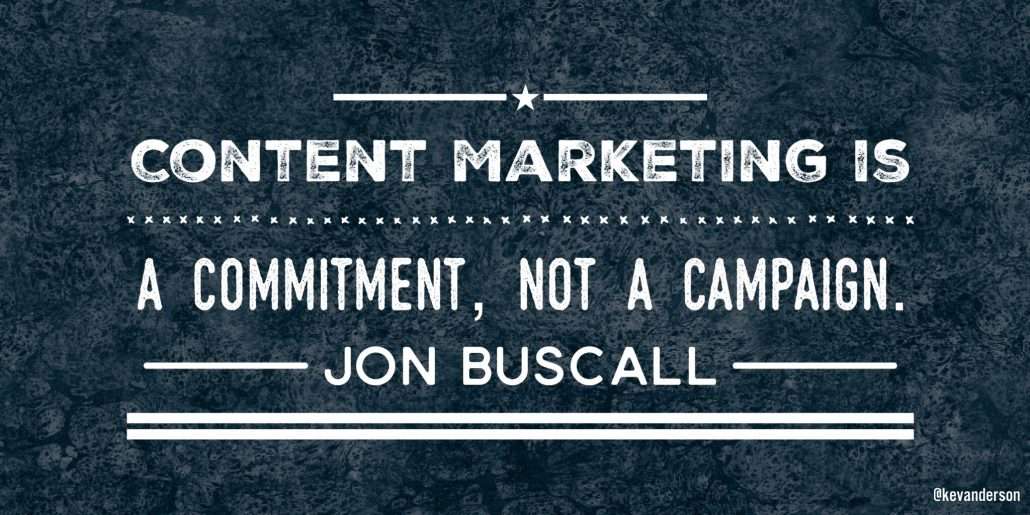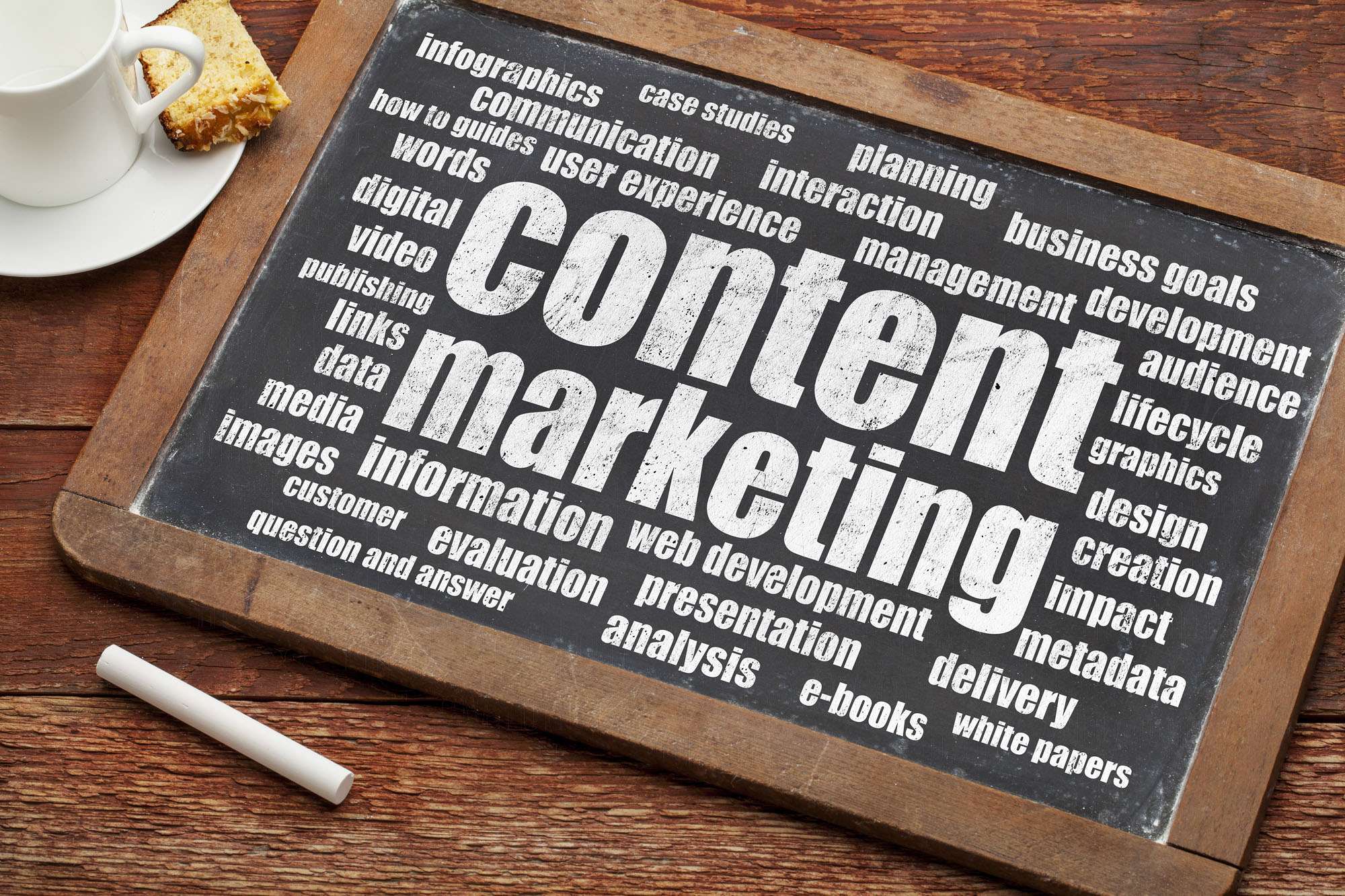The reality is, whether you’re in a competitive or niche industry, marketers are creating double the content they were two years ago – and this is largely thanks to the accessibility of content, and thirst for it, via social media. Audiences are bigger, and the competition is high! Therefore, many companies have geared their efforts and dollars away from the traditional forms of print and digital advertising and are now focusing on Content Marketing i.e. marketing without the hard sell, while ultimately leading to consumer-driven sales. Sounds genius right? It is! Getting a plan together which details what and how you are distributing your valuable content is the first place to start. Every time you market your business, every social media post you make, and every blog or e-newsletter you write should stem from this plan. Consider it the core of your marketing sector which promotes who you are as a business and brings in the traffic.

Image credit: FeedPath
1. Your Strategy
So we know that Content Marketing is all about strategy right? Your strategy should be to deliver valuable, relatable, and interesting content which adds value to your business and attracts the audience you are after – one that wants to work with you! But it’s not just about creating blogs (don’t forget the SEO) and publishing social media posts. There are a few things you will need to nut out first…
2. Define your audience
Know your target audience. Who are you talking to and how? First person, casual, authorative? It also helps to have a definitive style guide that translates across all platforms. This is something that would naturally exist within a business, however, creating something solid for you and your peers to follow is ideal for consistency across the board. Each time you create a piece of content, think of the person that is going to enjoy your product and ultimately become a valuable customer. That’s who you are talking to.
3. Select your winning format
i.e e-newsletters, blogs, e-books, or social media posts. Now is the time to really look into what you’re doing and what’s working. For example, is your monthly e-newsletter more beneficial to your business than your weekly blogs? Some formats might work better for your audience, and therefore lead to a higher conversion rate. It’s important to utilise your strengths in your Content Marketing Plan, so you are putting your time and energy into the best pockets of your business. You may also want to portion your content between re-shares (retweets and sharing second-hand content) with your own original content. Custom content will create more of an authorative relationship between you and your client, so put your time and energy into creating original content when you can. Upto 20% second-hand content is ok.
4. Delivering your content
This is one the most crucial elements. How are reaching people? Here’s some food for thought (especially if you’re a Facebook marketer through and through), 43% of marketers find customers via LinkedIn*. So depending on your industry, it might be time to think outside the box? Content Marketing extends much further than Facebook, but in different forms. It’s important to consider how Twitter, Instagram, and even Pinterest, can expand your reach. If you’re blogging, why not share these pieces with as many audiences as possible? You might find that different mediums attract a different type of customer. The more the merrier! Furthermore, e-newsletters that contain social media buttons and links increase their click through rate by a huge 158%*. The combination of e-newsletters which link to social media and websites has proven to be the winning formula for many customers, which is why we love email marketing! *Statistics from Digital Marketing Statistics 2015
5. The Process
Who is doing what? When it comes to Content Marketing there are generally three key processes: content creation, publication, and analytics. Make sure someone is taking responsibility for each of these vital elements. If you’re not happy with your creative, you may need to be more involved. Ensure your visuals, and your copy, are all saying exactly what you want them to say. Your actual content is the most important element of your marketing plan.

Image credit: Square Marketing
